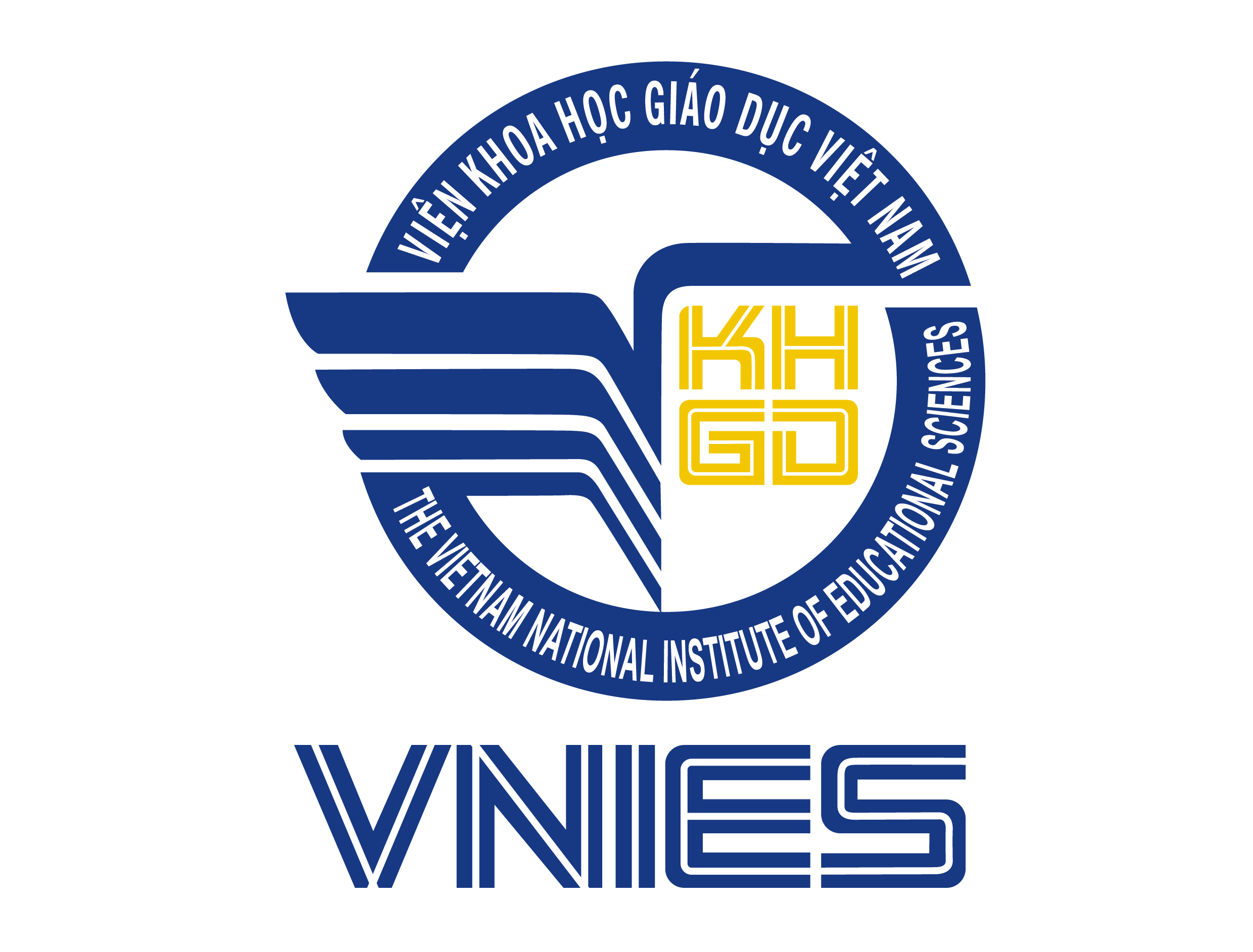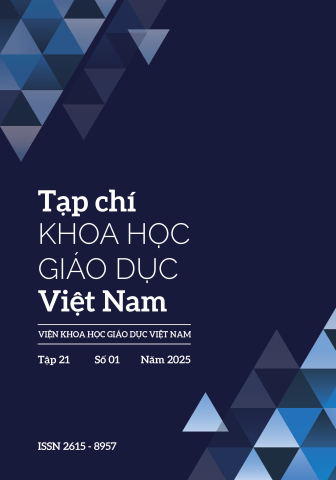[1] Birenbaum, M, (2002), Assessing self-directed active learning in primary schools, Assessment in Education, Vol 9(1), pp.38.
[2] Van Grinsven, L., & Tillema, H, (2006), Learning opportunities to support student self-regulation: Comparing different instructional formats, Educational Research, 48(1), pp.77- 91
[3] Phan Thị Hồng Vinh - Nguyễn Đức Giang, (2012), Hệ thống tiêu chuẩn và tiêu chí đánh giá năng lực tự học theo hướng tiếp cận năng lực thực hiện và quy trình tổ chức hoạt động tự học cho sinh viên sư phạm trong đào tạo theo hệ thống tín chỉ, Tạp chí Giáo dục, số 287, kì 1, tr. 31-33.
[4] National Youth Leadership Council, The IPARD Framework, Truy cập lúc 20h, 11 tháng 11 năm 2019, From: http://www.icicp.org/wp-content/uploads/2013/10/ DOI-Service-LearningToolkit_updated_Spring2014_ FINAL.pdf, pp. 7.
[5] Schwartz, D. L. & Bransford, J. D, (1998), A time for telling. Cognition and Instruction, Vol. 16(4), pp.475- 522.
[6] Nguyễn Chính, (04/4/2016), Dạy học theo mô hình Flipped Classroom, Báo Tia sáng - Bộ Khoa học và Công nghệ, tr.36.
[7] Lance, G.King, (2017), Learning skills for success, NXB Trẻ, Thành phố Hồ Chí Minh, tr.25, 291, 544.
[8] Crovitz, H.F, The capacity of memory Loci in artifical memory, Psychon Sci 24 (1971), pp.187-188, From: https://doi.org/10.3758/BF03335561.
[9] DfES, (2006), 2020 vision: report of the teaching and learning in 2020 Review Group, Nottingham: Department for Education and Skills, pp.30


